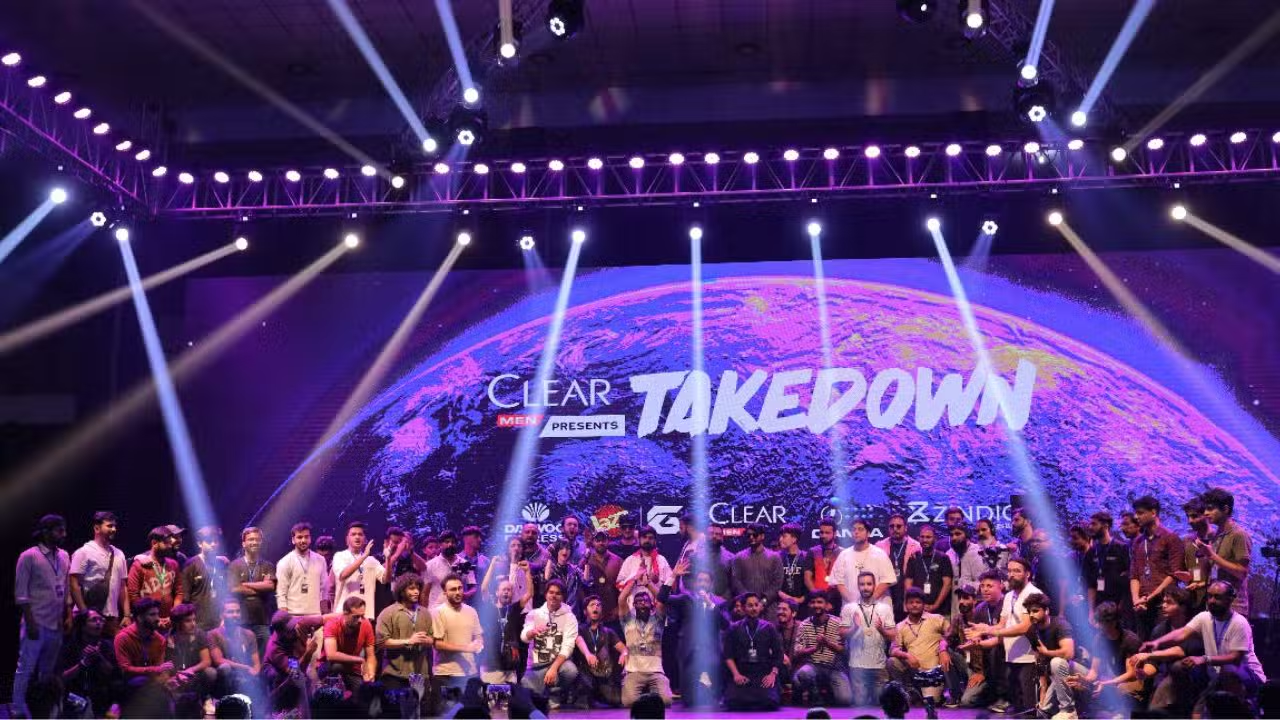The SAP S/4HANA vulnerability CVE-2025-42957 has been flagged as one of the most severe threats to enterprise systems in recent years. Disclosed by the National Computer Emergency Response Team (NCERT), this critical flaw has already begun to see active exploitation, raising urgent concerns for organizations that rely on SAP for business operations and enterprise resource planning (ERP). With a CVSS score of 9.9, the vulnerability demands immediate attention, as it enables attackers to remotely execute malicious code with minimal effort.
Understanding SAP S/4HANA Vulnerability CVE-2025-42957
At the heart of this security risk lies the Remote Function Call (RFC) module in SAP S/4HANA. Due to insufficient input validation, the vulnerability allows threat actors to inject malicious payloads directly into SAP environments. Alarmingly, only low-level credentials are required, and no user interaction is necessary for exploitation.
This makes CVE-2025-42957 particularly dangerous. Successful exploitation could lead to:
- Remote code execution
- Unauthorized access to sensitive business data
- Privilege escalation across enterprise systems
- Full system compromise, enabling ransomware or spyware attacks
Given SAP’s widespread adoption by over 90% of Forbes Global 2000 companies, the scale of potential damage is immense.
Why the SAP S/4HANA Vulnerability Matters
SAP systems are the backbone of critical business processes, from finance and supply chain management to human resources and customer relationships. A breach in these systems is not just an IT issue; it can halt operations, disrupt services, and expose highly sensitive enterprise data.
According to IDC research, global ERP-related cyberattacks have risen by 34% year-on-year, highlighting the growing interest of cybercriminals in exploiting vulnerabilities within such platforms. The discovery of CVE-2025-42957 reinforces this trend and underscores the urgent need for organizations to act quickly.
Affected Products and Versions
NCERT has confirmed that the SAP S/4HANA vulnerability affects multiple SAP products and components, including:
- SAP S/4HANA (both private cloud and on-premise)
- SAP Business One
- Landscape Transformation components
- NetWeaver Application Server ABAP
Organizations running these versions are strongly advised to apply the September 2025 security updates released by SAP. Internet-facing systems and mission-critical workloads are considered the most vulnerable if left unpatched.
Mitigation Strategies for SAP S/4HANA Vulnerability CVE-2025-42957
While patching remains the most effective defense, NCERT has also recommended temporary mitigations for organizations unable to update immediately. These include:
- Restricting access: Limit SAP systems to trusted networks only.
- Deploying Web Application Firewalls (WAFs): Block suspicious RFC payloads at the perimeter.
- Enhanced monitoring: Continuously scan logs for unusual RFC activity or privilege escalation attempts.
- Access control hardening: Enforce least-privilege policies for all SAP users.
- Incident response planning: Integrate SAP-specific exploits into threat response strategies.
These measures will help reduce exposure until permanent patches can be applied.
Global Business Impact of CVE-2025-42957
The SAP S/4HANA vulnerability comes at a time when enterprises are already facing a surge in cyberattacks. According to Cybersecurity Ventures, global cybercrime costs are expected to reach $10.5 trillion annually by 2025, making incidents like CVE-2025-42957 not just probable but almost inevitable if preventive action is delayed.
For many businesses, downtime caused by a successful exploit could translate into millions in losses per day. Beyond financial costs, reputational damage and regulatory penalties could further compound the impact.
Strengthening Enterprise Security Beyond Patching
While addressing CVE-2025-42957 is critical, organizations must also take a broader view of security. Enterprise security experts recommend:
- Regular vulnerability assessments to identify and patch weak points.
- Implementing zero-trust frameworks to minimize insider and outsider threats.
- Conducting employee training to recognize suspicious activities.
- Validating backup readiness to ensure business continuity during attacks.
By combining proactive patch management with layered security measures, enterprises can build resilience against future vulnerabilities.
The SAP S/4HANA vulnerability CVE-2025-42957 highlights the urgent need for organizations to prioritize cybersecurity within their ERP systems. With a near-maximum CVSS score of 9.9 and confirmed active exploitation, the flaw poses a serious risk to global enterprises. Businesses must apply SAP’s September 2025 security updates immediately and adopt layered defenses to safeguard against potential exploitation.
Delaying action could result in full system compromise, loss of sensitive enterprise data, and severe operational disruption. As SAP systems remain central to mission-critical business functions, addressing CVE-2025-42957 is not optional—it is an immediate necessity for protecting both business continuity and organizational trust.



